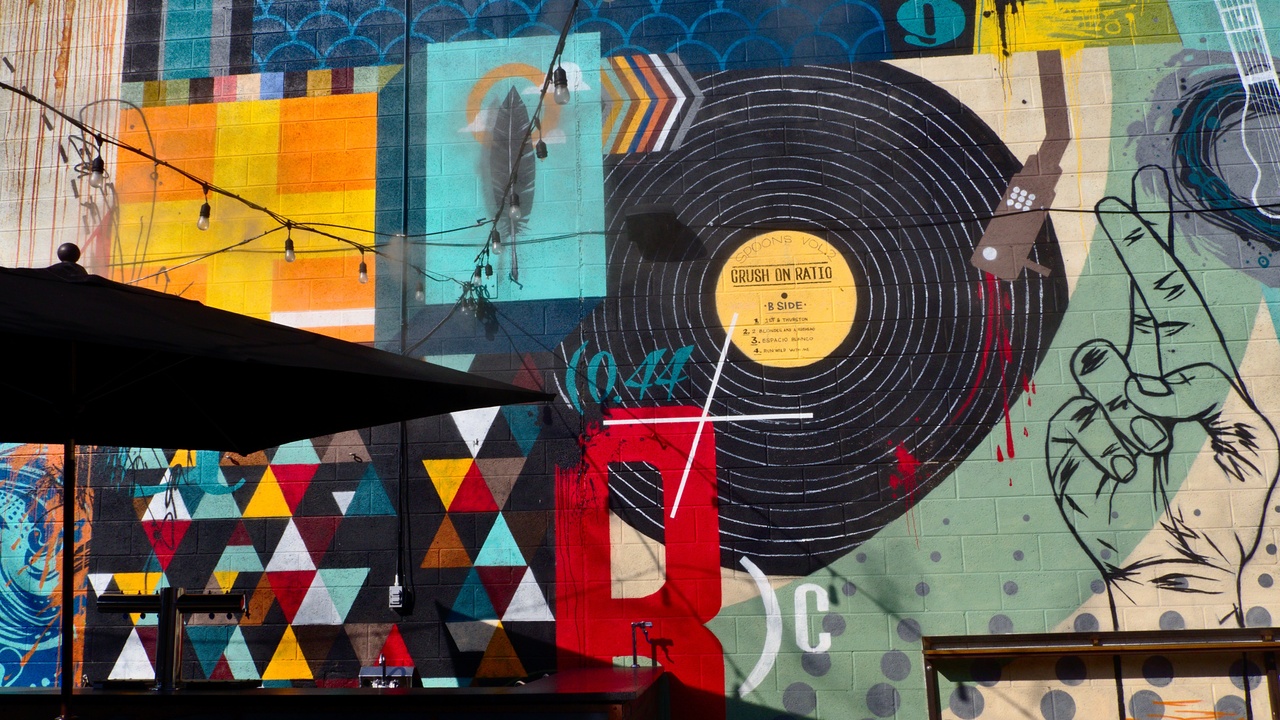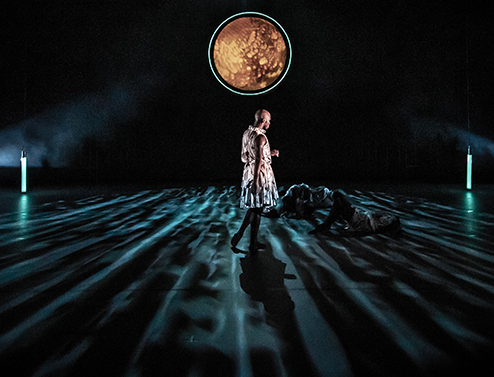Never Underestimate the Influence of an Artist
Dec 13, 2021
How much do you love Prince? Or Beyonce? Jason Mamoa, perhaps? Alok V. Menom? Harry Styles? These popular artist icons can change our cultural expectations, lead us to make self-improvements, encourage the emotions lodged in our bodies to release, and offer us insights and wisdom to lessons learned, ideas hoped for, and more.
Now how much do your students LOVE their music? Their make-up? Their fashion? Their anime? Their artistry? This is how the power of the artist is already alive in their lives right now. Never underestimate the influence of an artist on your classroom practice as well! Contemporary Artists can shape and influence more critical engagement than you may have witnessed before.
How so?
It's all in the mind. When a student connects with artists who have something to say, or are doing something interesting, or are critiquing the world and solving issues in unique and creative ways, students respond! They are likely seeing something for the first time that they haven't encountered. Take the work of choreographer Kyle Abraham. Kyle's contemporary choreography melds Colonization and Afrofuturism. The dance gestures and combinations of leaps, collapsing bodies, and plies, jar your senses alongside Mozart's Requiem for a Dream, trip-hop, and deep house beats from a future planet. Introductions to artists like Kyle who address current social issues create relevant ways to pursue historical discourse and learning (in this case, Kyle's work often addresses the pursuit of collective knowledge over time).
You lost me
I know. Let me reframe. Arts integration aka the Influence and Power of the Artist works like this... Watch Kyle's dance piece and have students use a thinking routine to understand what they are seeing. Students build on shared thinking and enlighten each other's connections and thinking this way. Integrate. Now let's say that you're studying the French Revolution. Okay, sure, you can and should study Les Miserables, but what if you learned Kyle's piece first? What if students studied the elements of dance while making sense of Kyle's choreography? Yes. Real dancing. They would understand time, speed, force, levels, shapes, forms and apply these ideas to social movements and revolutions. Their insights now, when they study the French Revolution, will be framed with a much broader scope of thinking about the shape of a revolution, the speed at which things happen, the force that builds, the levels and status of members of society and the rage and revolting that followed ensued. What a picture! And know I've gone and overwhelmed you with the idea of teaching dance. Don't worry. Small steps.

Attempt
Who are the dancers in your class? Start with having students share their best TikTok moves and allow students to teach each other their dances. This opens up an entry for collective learning, student agency, and leadership. And now, you have piqued their interest, having opened up the learning as a studio space where they can teach each other their favorite dances. Another scaffold for integrating dance is having students make up gestures in pairs or triads. Explore our lesson on gestures from Rise Up! An American Curriculum. Have students group up in pairs to connect a set of gestures to teach other students. Then move to more studied dance practice like working with a dance teaching artist (if your school has access to these resources!) or showing YouTube clips like the one here:
Here's what I like to invite the teachers I work with to do. Find or locate an artist that captures your attention. For visual arts, explore the incredible Art21.org website. Explore some of our favorite performing artists like Anna Deavere Smith, Sarah Jones, Susanne Lacy for the performing arts. Search for your local contemporary museum for the performance artists on exhibit. Notice who captures your social media attention. Perhaps you're a fan of Chloe Arnold or Misty Copeland. Follow your curiosity!
Then ask, how does this artistry connect to what you are currently doing in the classroom?
Next, try taking your student(s) creative inquiry or inquiries and applying them to your lessons or unit of study. Do their questions connect with your essential questions or understanding goals? Likely they will build upon them.
Finally, attempt to incorporate the art form the artist uses to accelerate the learning in your classroom. Can your students study dialogue in the form of Sarah Jones? Or use Verbatim Theater to bring life to text? Maybe you want to introduce sewing and center composition and story in the likeness of Bisa Bulter. The possibilities are endless!
Redirecting your methods to teach through the arts can be humbling, exhilarating, and pose some challenges as you change from more didactic forms of education. But trust the process and find a community of learners, like ours here, who can support you!
-Mariah Rankine-Landers

